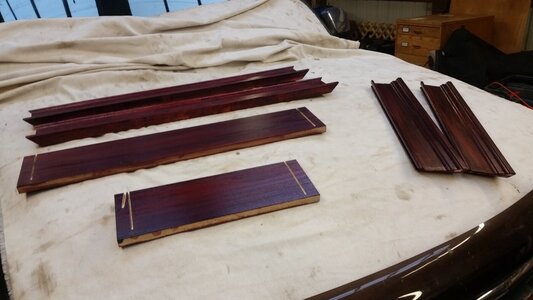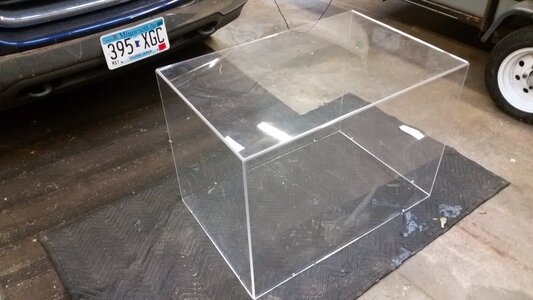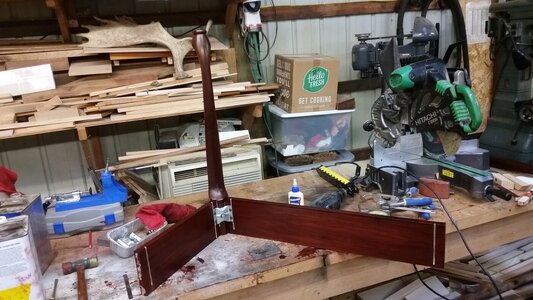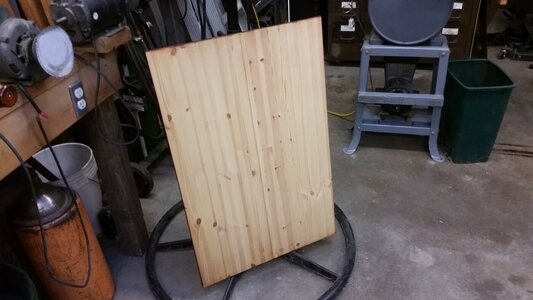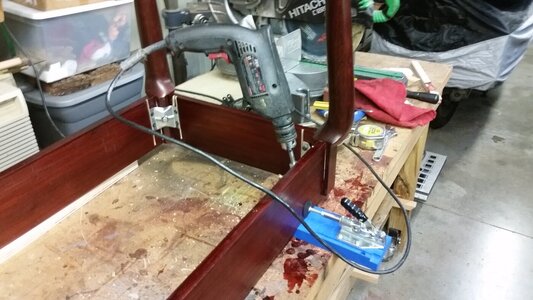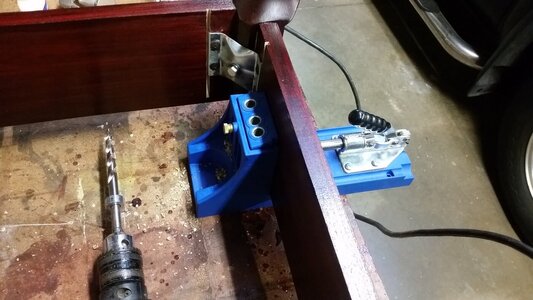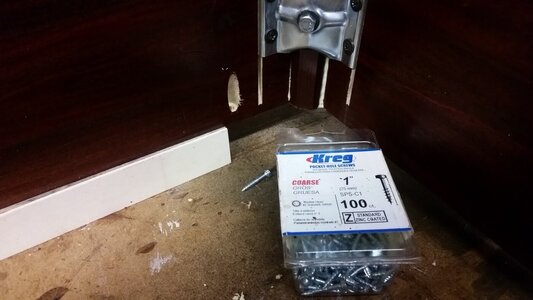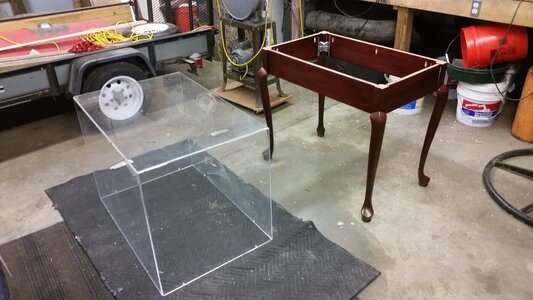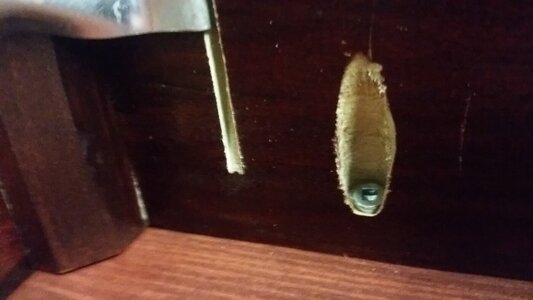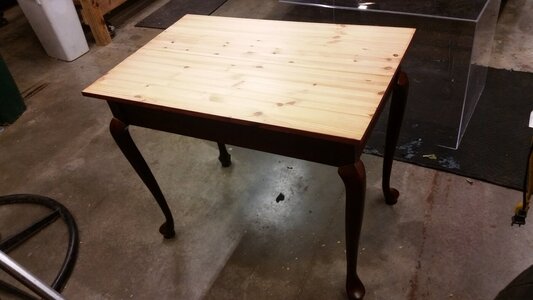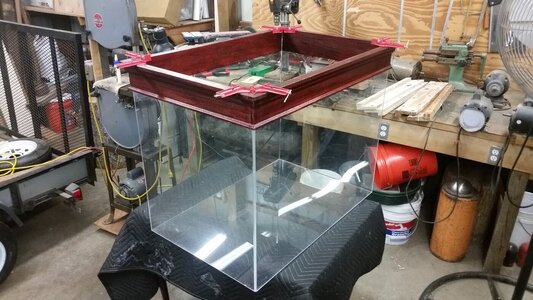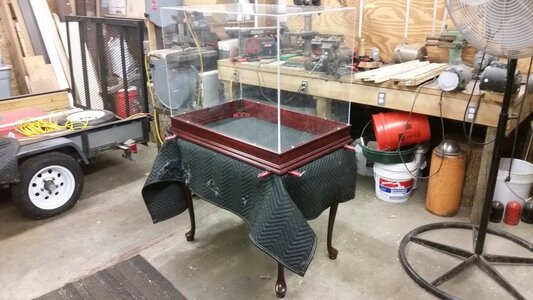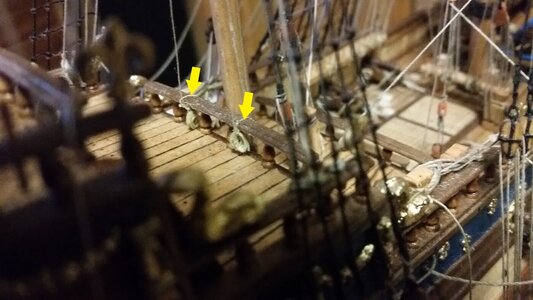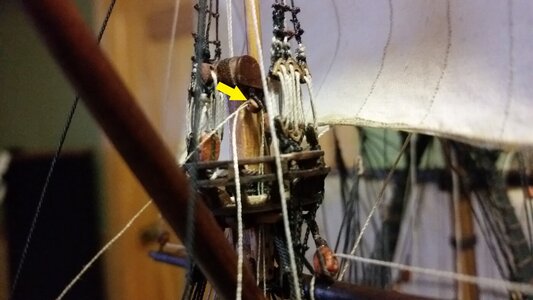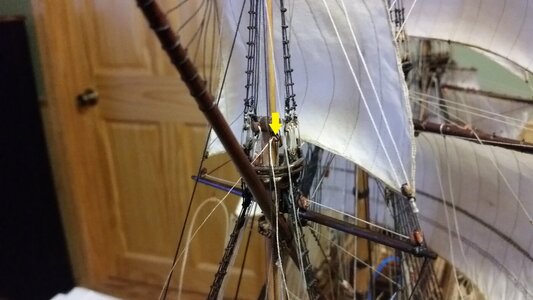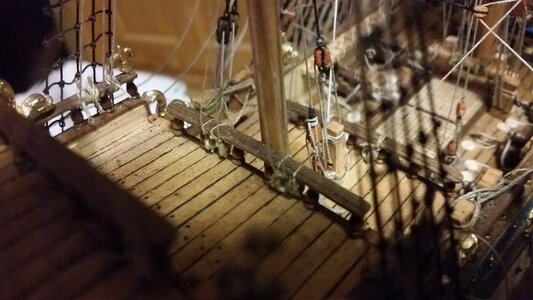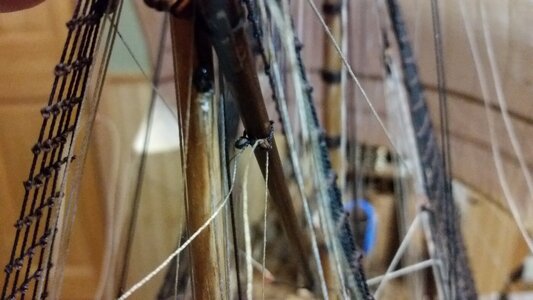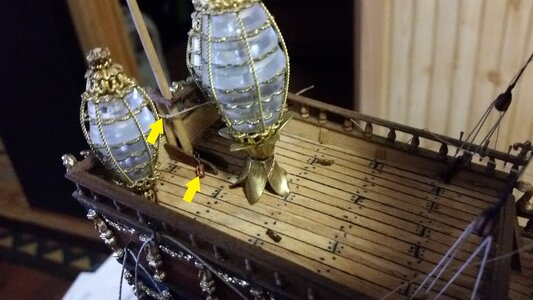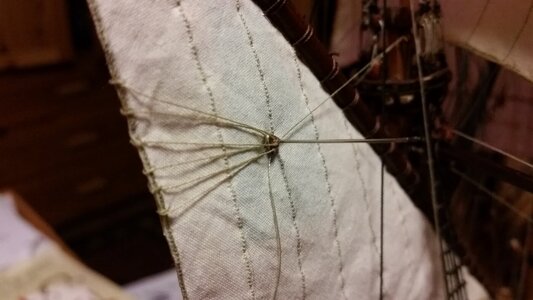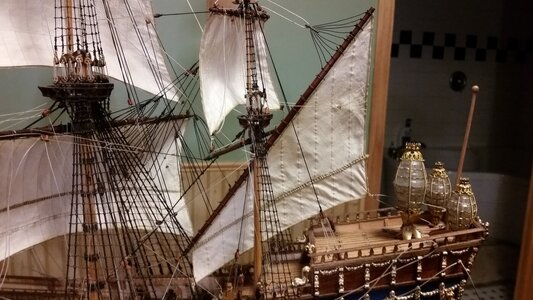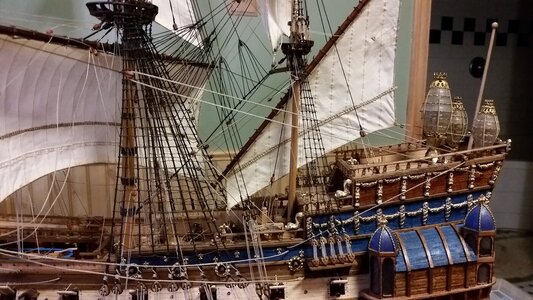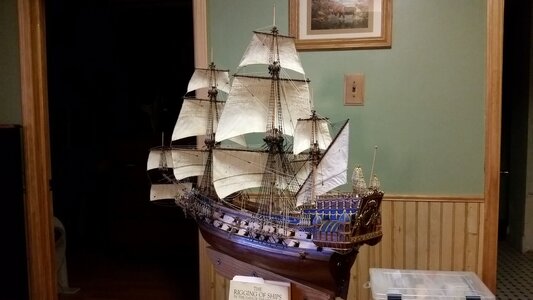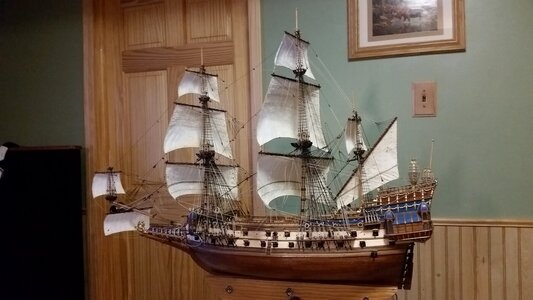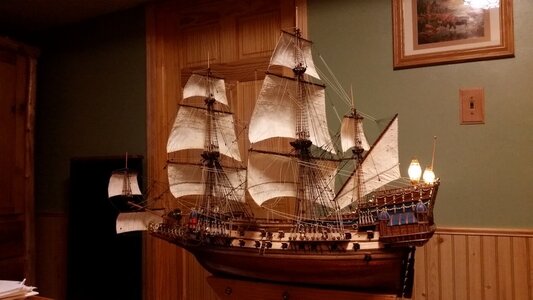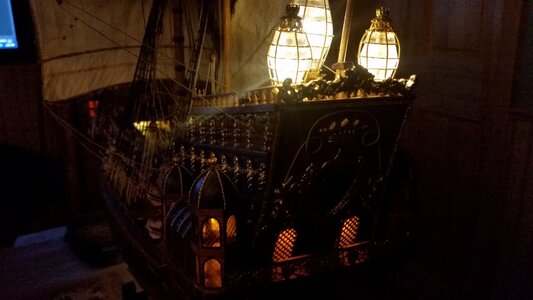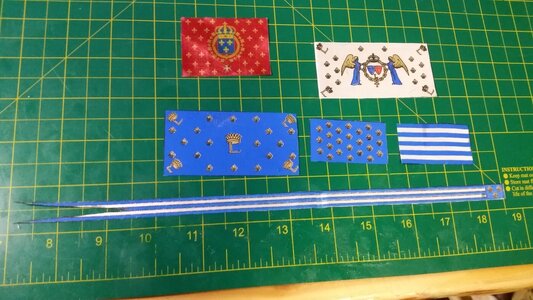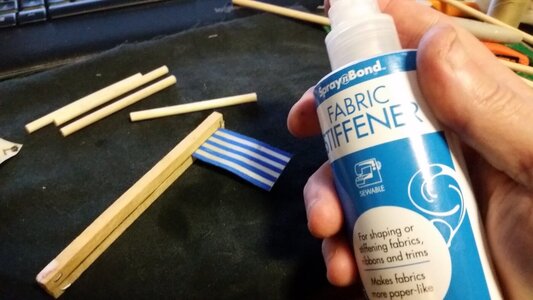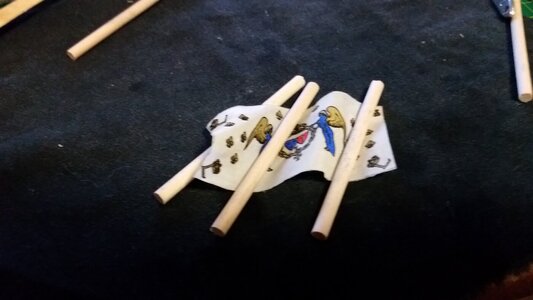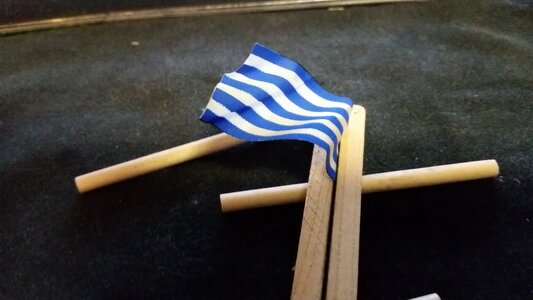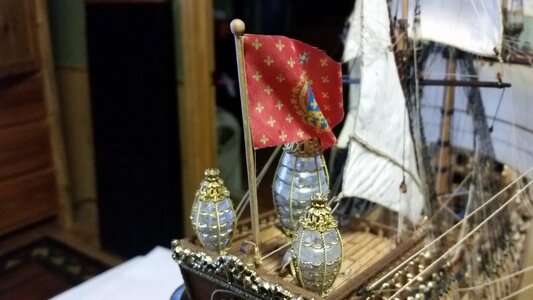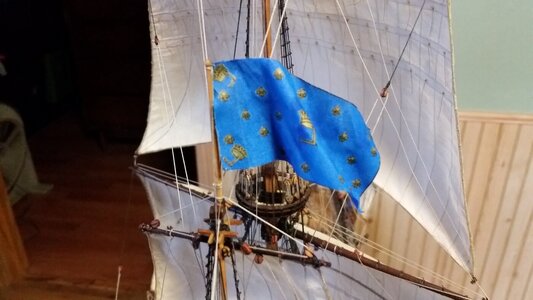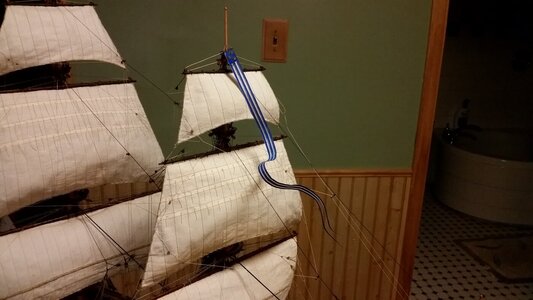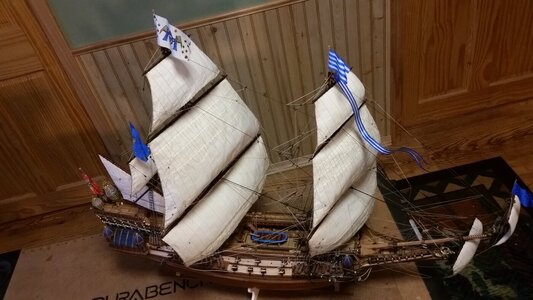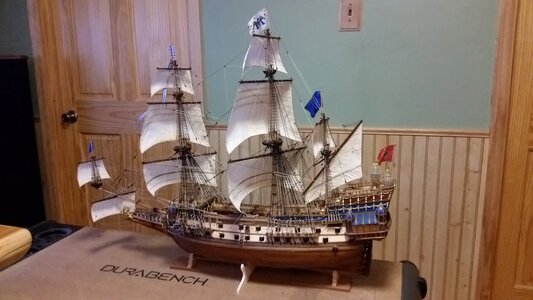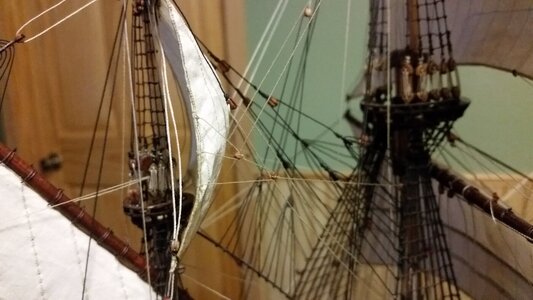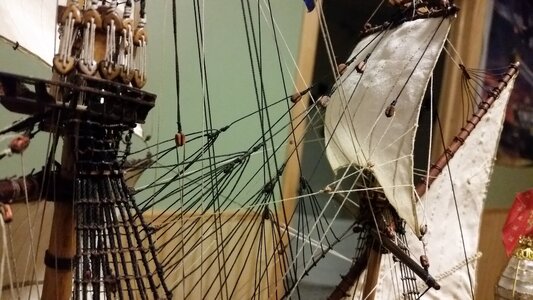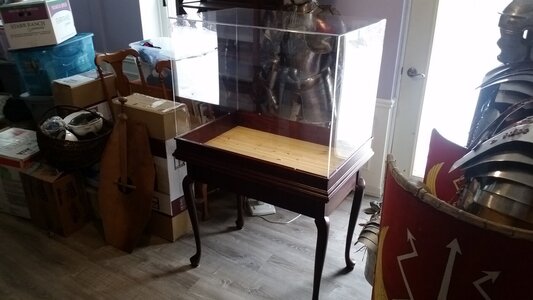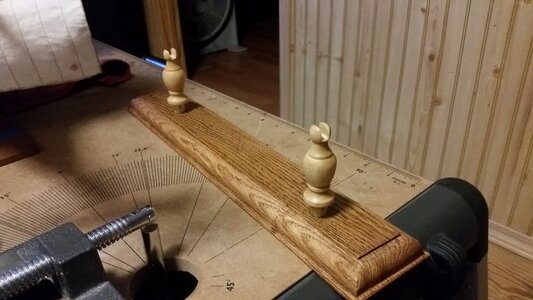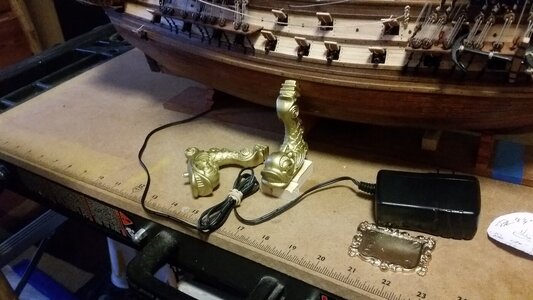Hello everyone!
Like my father before me, I sailed merchant ships as an Engineering Officer, and have always loved square riggers. After eight years living aboard ship, seawater still flows in my veins twenty-five years later. I built several plastic ones as a boy, and now am returning to the hobby decades later, this time with experience in medieval weapon and armour smithing, carpentry, machining and other trade skills. A decision had to be made as to which era of sailing ship to choose.
The 17th century royal great ships peaked my interest because of their embellishment and style, set apart from the advanced, refined warships of the Lord Admiral Nelson's time. So, the first ship, what I consider my training vessel, is La Couronne c. 1636. It's an ambitious ship for a novice such as myself. EJ's La Couronne build on the Nautical Research Guild was an inspiration, and his build log serves me well as a guide, since plans alone are not sufficient for a first time project. I also purchased Deagostini's Sovereign of the Seas, all packages, and am saving that for building closer to retirement in 10-13 years. The challenge of the small scale of 1:100 of La Couronne is rather high, trying to include the level of detail I desire, plus the addition of either full or battle sails. Silkspan is the material that is planned to used for the sails. I hope I don't tear them to ribbons in the process! A ship isn't complete without sails, no matter that they block some of the view of the deck equipment.
La Couronne so far is about 50% done, with the additions of: properly scaled 18 pound, 9 pound, and 6 pound bronze cannons, use of Falkonet small 2mm blocks instead of the monster blocks supplied with the kit, cannon carriages of walnut instead of dummy barrels, internal circuit board with flickering candle effect LED lights for upper gun deck, stern and side galleries and turrets, and of course, stern lanterns. Below is a link to 264 photos (and growing) of the progress of the build, every step of the way, all numbered to allow one to see the progress in order.
I would treasure your comments and suggestions on how to steer this build in the direction of perfection, or questions as how features of this model were chosen and performed. All of you who have posted your own builds have unwittingly educated me in this build every step of the way.
Best wishes!
Kurt Suleski
DARIVS ARCHITECTVS (Latin for Darius the Engineer)
La Couronne Build Photos

